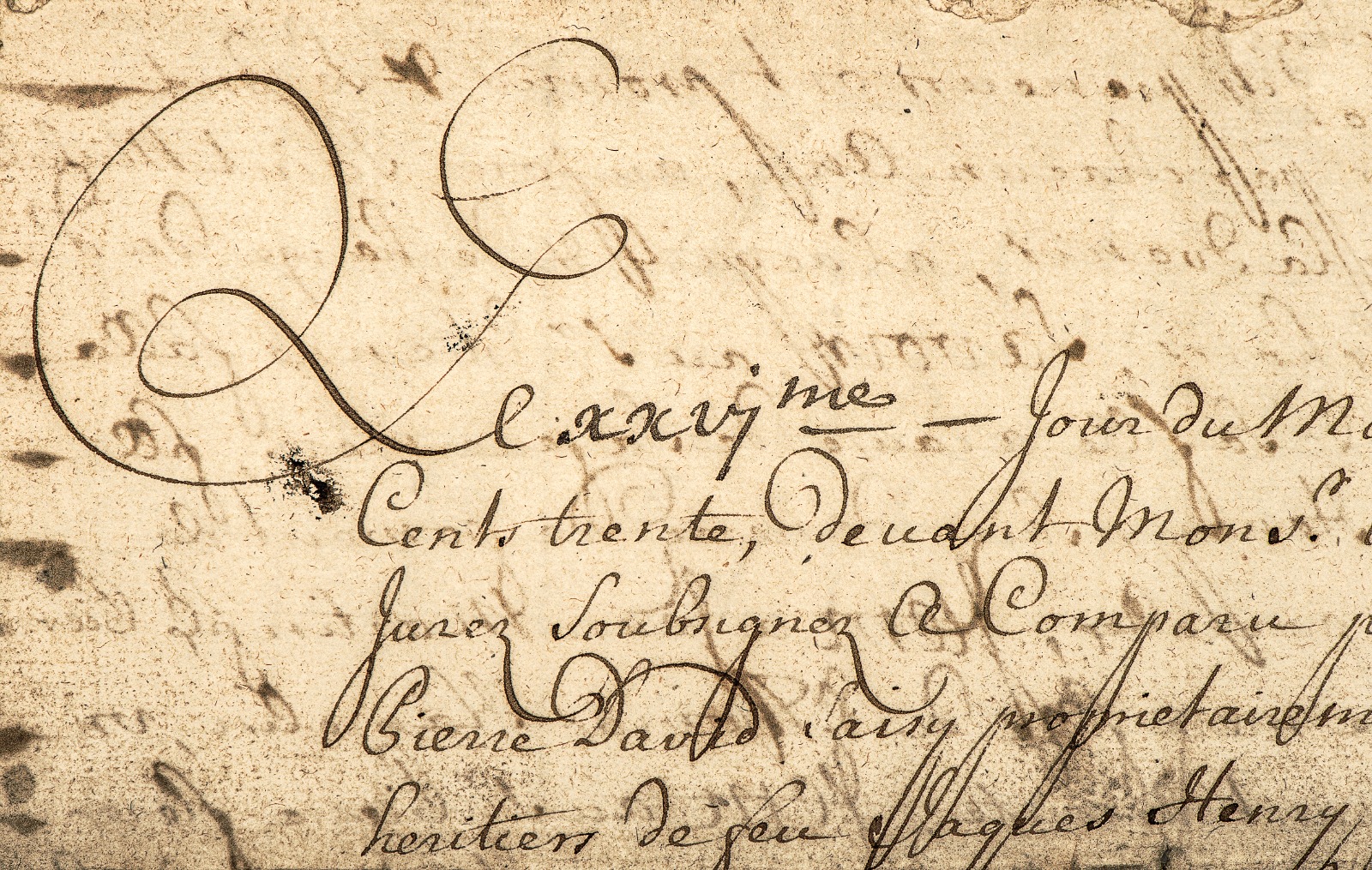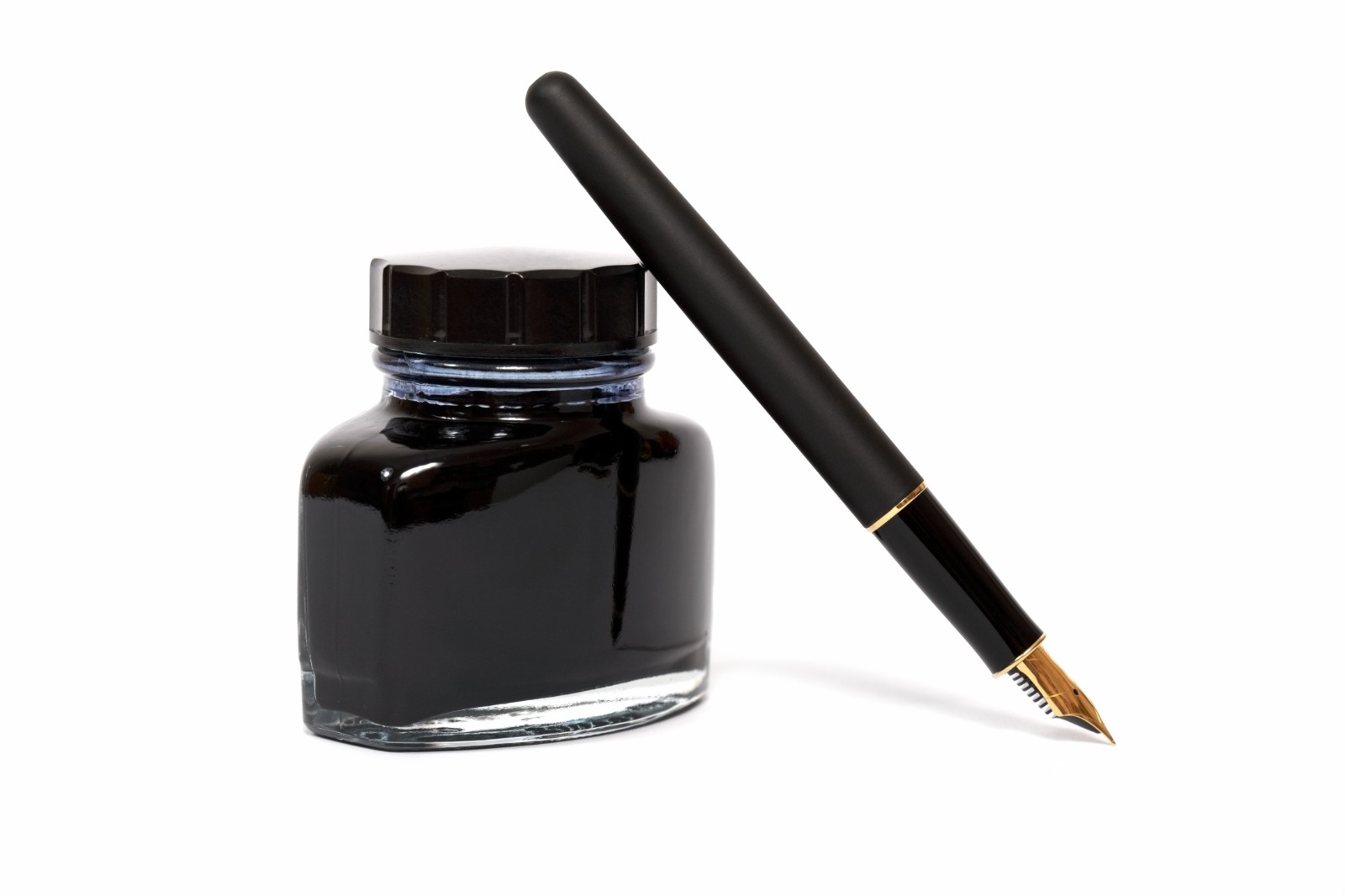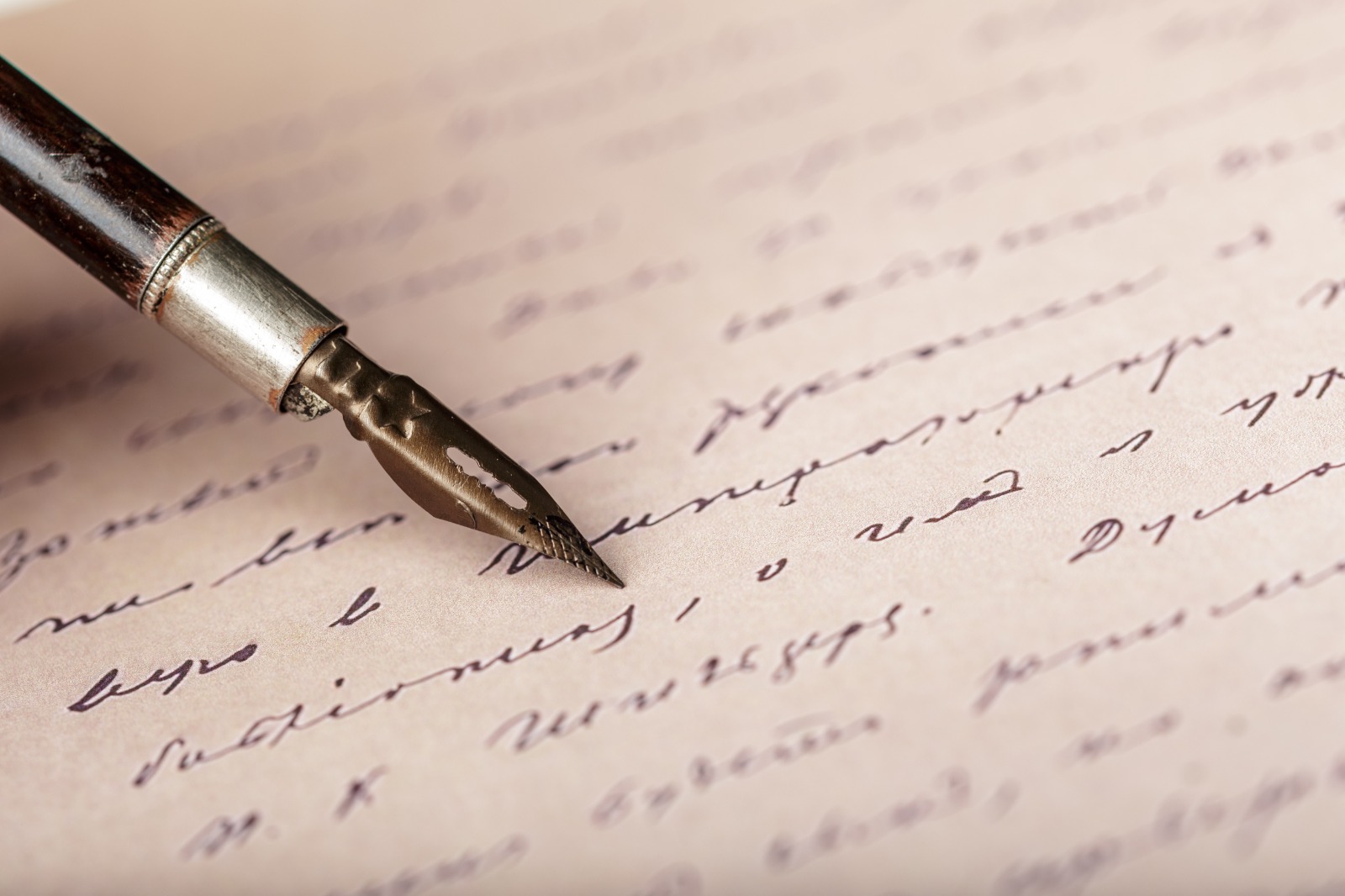Inks are one of the fundamental components of archival and documentary materials and the analysis of their nature is essential in order to fully understand the decay and aging processes of the pages.
There are many types of inks and, based on the substances of which they are composed and the material on which they are placed, they can have a very different response to chemical-physical stimuli and aging processes.
It is important to consider that, very often, it is the inks themselves that react with the pages on which they are placed and cause self-induced degradation that can undermine the conservation status of the entire document.
In this article we will talk about:

Charcoal ink
Charcoal ink is one of the most common types, especially on documents prior to the Nineteenth century: it is made with particles of charcoal or soot bound together by glue, gelatin or rubber and suspended in water.
This type of ink is not harmful to the papers on which it is placed but it is soluble in water, which makes it extremely exposed to the risk of cancellation in the event that it comes into contact with aqueous particles or humidity levels that are too high and makes the restoration and cleaning processes of the cards much more complex, since they are often carried out through the use of aqueous solvents.

Iron ink
After the Nineteenth century and by the advent of industrial paper production, the iron ink became established, consisting of iron salts combined with tannin particles.
As soon as it is manufactured, this type of ink does not have a very evident color, and, for this reason, before being used it must undergo the oxidation process, which occurs naturally by letting the substance rest in contact with oxygen.
It is a very durable and resistant ink, and tends to remain indelible on the surfaces on which it is applied; the main problem related to this type of ink is that the oxidation process can continue even after actual use on the paper, causing self-induced degradation processes, color changes and possible damage to the papers on which it is placed.
The oxidation of the ink, in fact, tends to produce acid substances that can even dissolve and perforate the paper, creating grooves that cross the pages and irreversibly damage the volumes.
It is therefore very important, for the purposes of a strategy for the safeguarding of book and documentary material, to chemically analyze the type of ink and the paper, in order to predict accurately these possible self-induced degradation processes due to the acidification of the ink and the melting of the paper.

Ink for fountain pens
Another fairly common type of ink is that made for fountain pens: generally this consists of synthetic colors which, although they allow a very effective aesthetic result, are fragile, tend to be very sensitive to light and have a high solubility in water.
These characteristics make the ink for fountain pens a medium that is not very resistant to aging and degradation processes.

Contemporary inks
There are also other types of fairly common inks within an archive, such as those for ballpoint pens, those for electronic printers and those for carbon paper that have peculiar characteristics and determine a different response to external stimuli.
The one for ballpoint pens is composed of basic paints mixed with oily solvents and is very soluble in alcohol.
The one for electronic printers is characterized by a suspension of pigments in a varnish base and is the most resistant type, being indelible and not easily soluble.
Finally, the one for carbon paper is made with a wax base inside which there are dissolved particles of carbon and it is very not very durable and tends to erase easily when it comes into contact with high levels of humidity.





